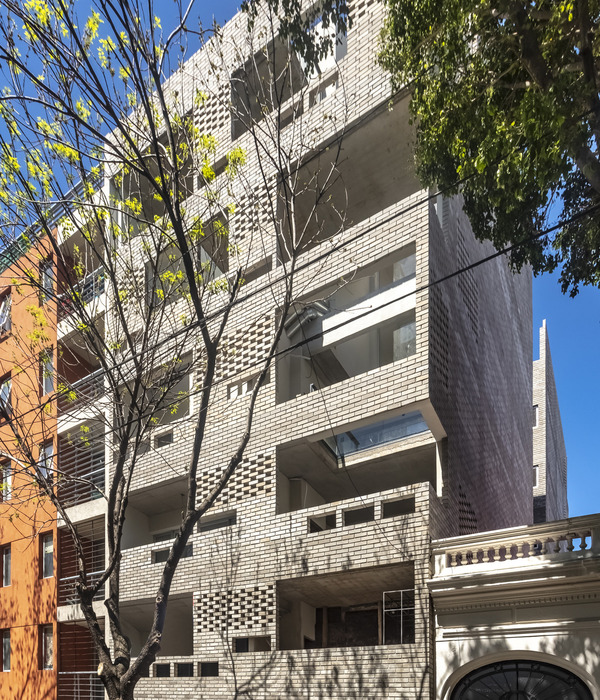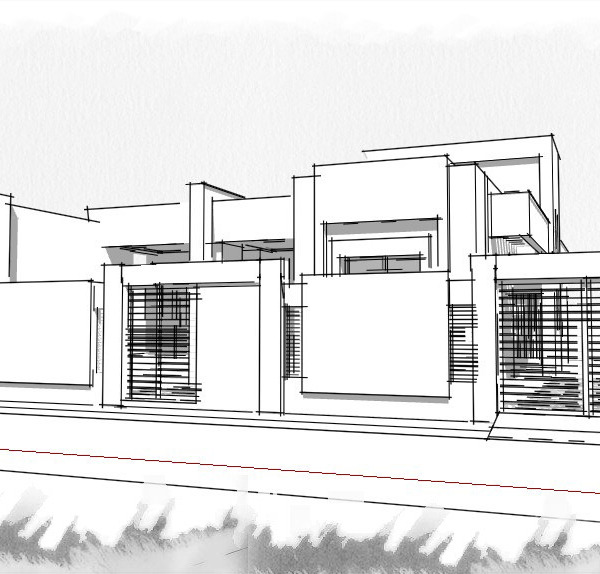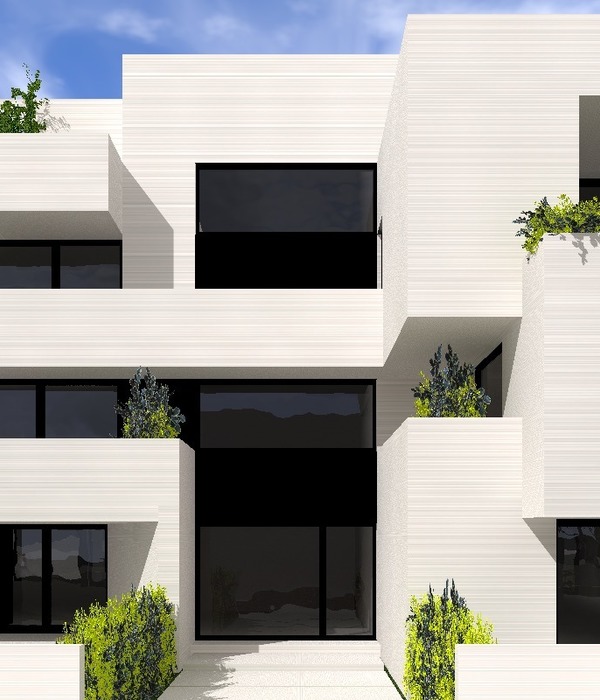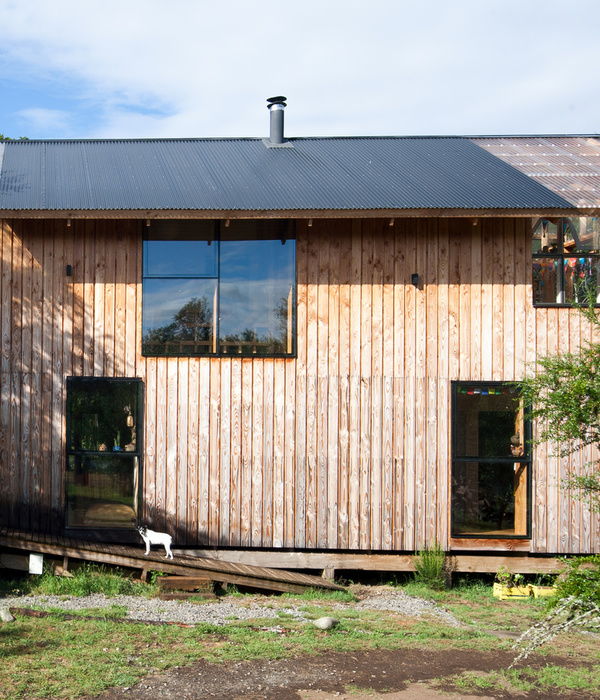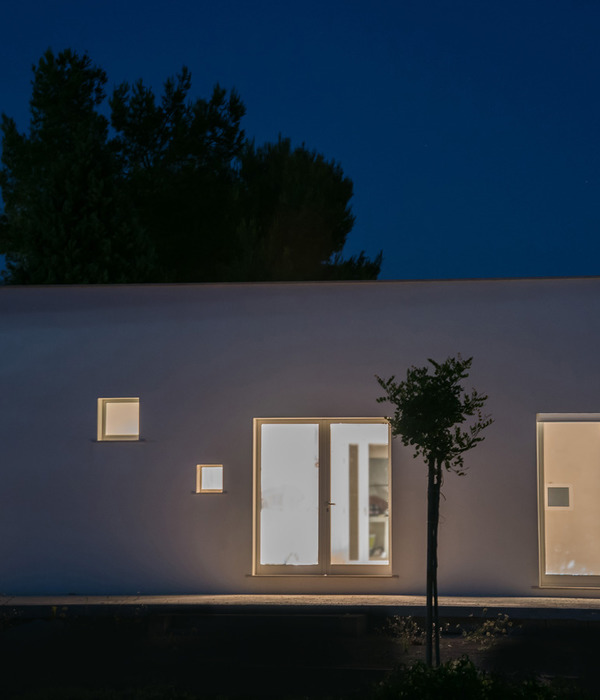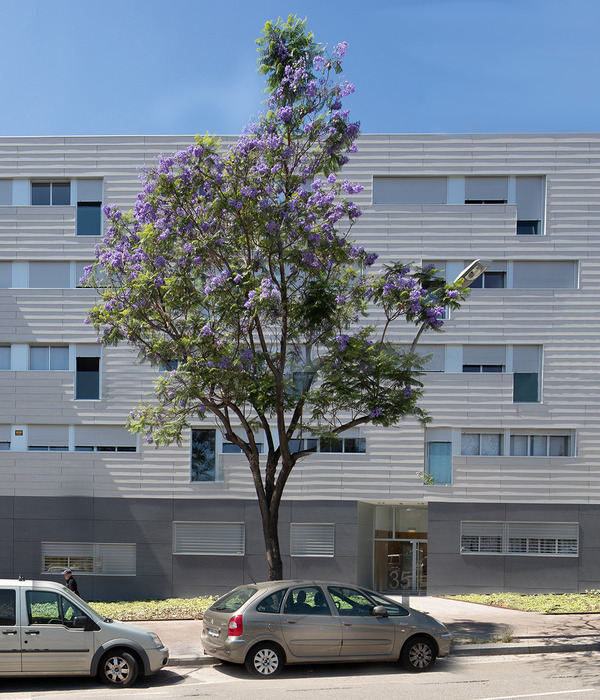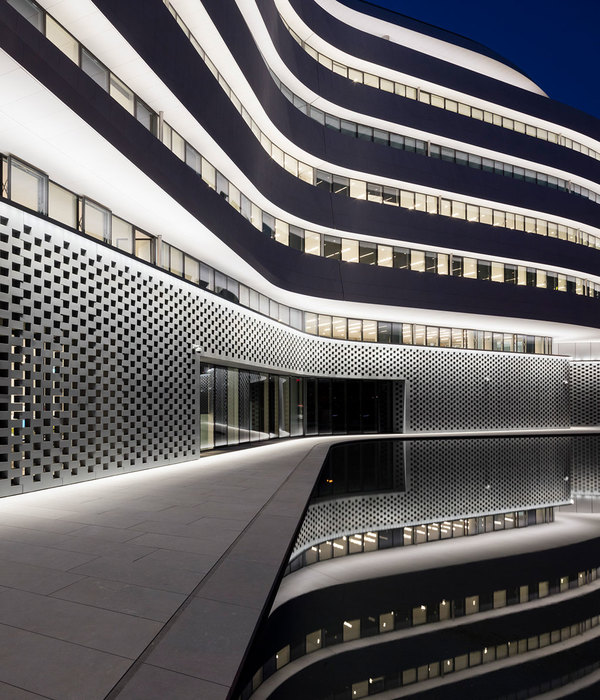The project stems from the client’s need to expand and redevelop the existing residential building.
The new superelevation intervention traces part of the perimeter of the underlying reinforced concrete structure and introduces a material separation.
It is defined by a trapezoidal plan with a galvanized steel structure and underlines the following elements:
A linear envelope that fits in a traditional building context;
Two overhangs which stand out for their color and which redesign the existing perimeter by extending outward;
The fifth façade which is treated as a roof-wall with the slope to the south;
The terrace and the shelter with brise-soleil (sun breaker) on the west side.
The external vertical partitions consist of a dry package that is fixed to the steel structure and that is made of the insulation and the ventilated wall with an embossed aluminum cladding (double seaming).
The underlying building, which is partly against the ground, was recovered by bringing the stone cladding back to light, while in other parts it was used the same local stone in order to ensure a material continuity. This has made it possible to establish a “natural” and material “basis” to the new expansion.
A new image that brings together the existing with the contemporary architectural graft is thereby achieved.
Il progetto nasce dall’esigenza del committente di ampliare e riqualificare il fabbricato esistente.
Il nuovo intervento in sopraelevazione ricalca parte del perimetro della struttura in c.a. sottostante, ed introduce un distacco materico.
Esso, definito da una pianta trapezoidale, con struttura in acciaio zincato evidenzia i seguenti elementi:
Un involucro lineare che si inserisce in un contesto di edilizia tradizionale;
Due aggetti che si distinguono per il colore e ridisegnano il perimetro esistente prolungandosi verso l’esterno;
Il quinto prospetto trattato come tetto-parete con la pendenza verso sud;
Il terrazzo e la pensilina con brise soleil nella parte ovest.
Le partizioni verticali esterne sono costituite da un pacchetto a secco, fissato alla baraccatura in acciaio, costituito dall’isolamento e dalla parete ventilata con rivestimento in alluminio goffrato (doppia aggraffatura).
Il fabbricato sottostante, in parte contro terra, è stato rivestito di pietra autoctona in modo da definire una “base naturale” al nuovo intervento.
Si ottiene così una nuova immagine che coniuga l’esistente con l’innesto architettonico contemporaneo.
Il progetto ha vinto il premio Giovani progettisti INARCH 2020.
PROJECT TEAM
Progettazione architettonica : Dario Palazzo e Dalila Palazzo
Direzione dei lavori architettonici e strutturali : Dario Palazzo
Progettazione strutturale : Marco Mignogna, Nicola A. Di Renzo
{{item.text_origin}}

